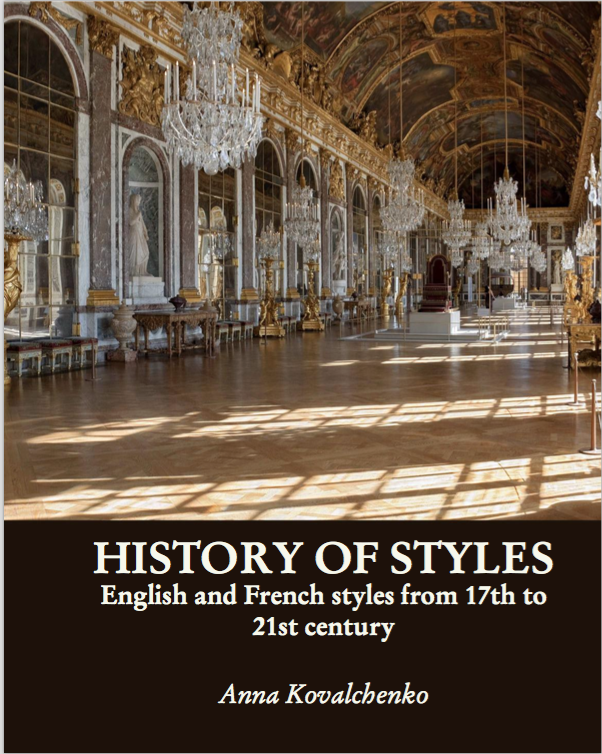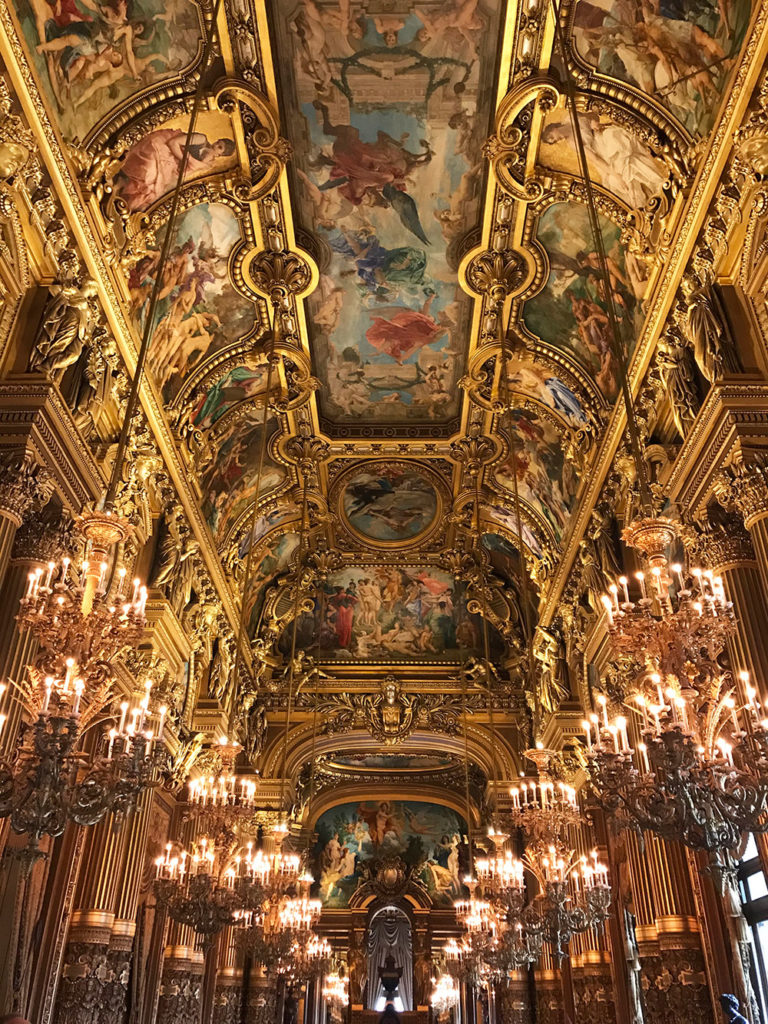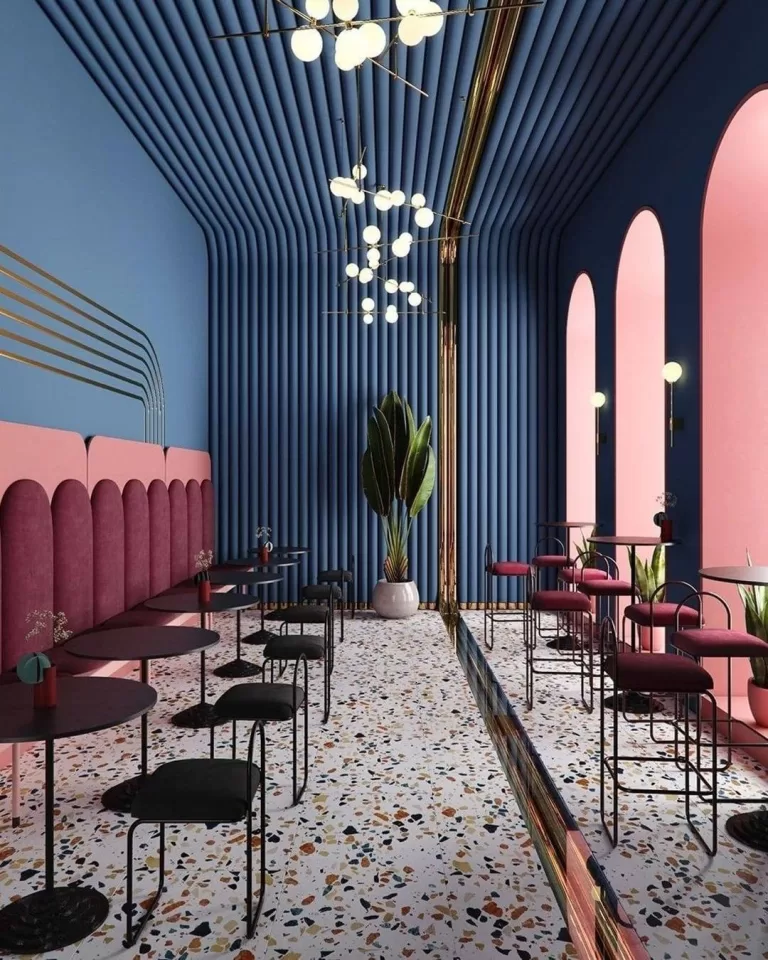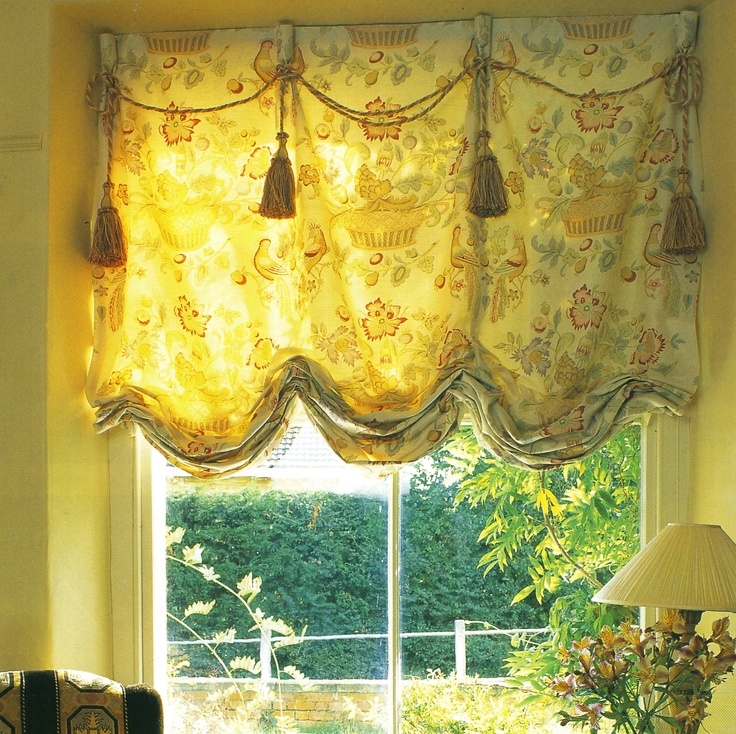Wabi-sabi Style in Interior design: Its History and Main Characteristics
The concept of wabi-sabi style has been around for centuries in Japanese culture, and it can now be found in many aspects of modern life, from fashion and architecture to interior design. This minimalist aesthetic is based on beauty that is found in the imperfect and the incomplete, and is filled with natural elements and muted colors. In this article, we’ll take a closer look at the history of wabi-sabi style in interior design and its main characteristics.
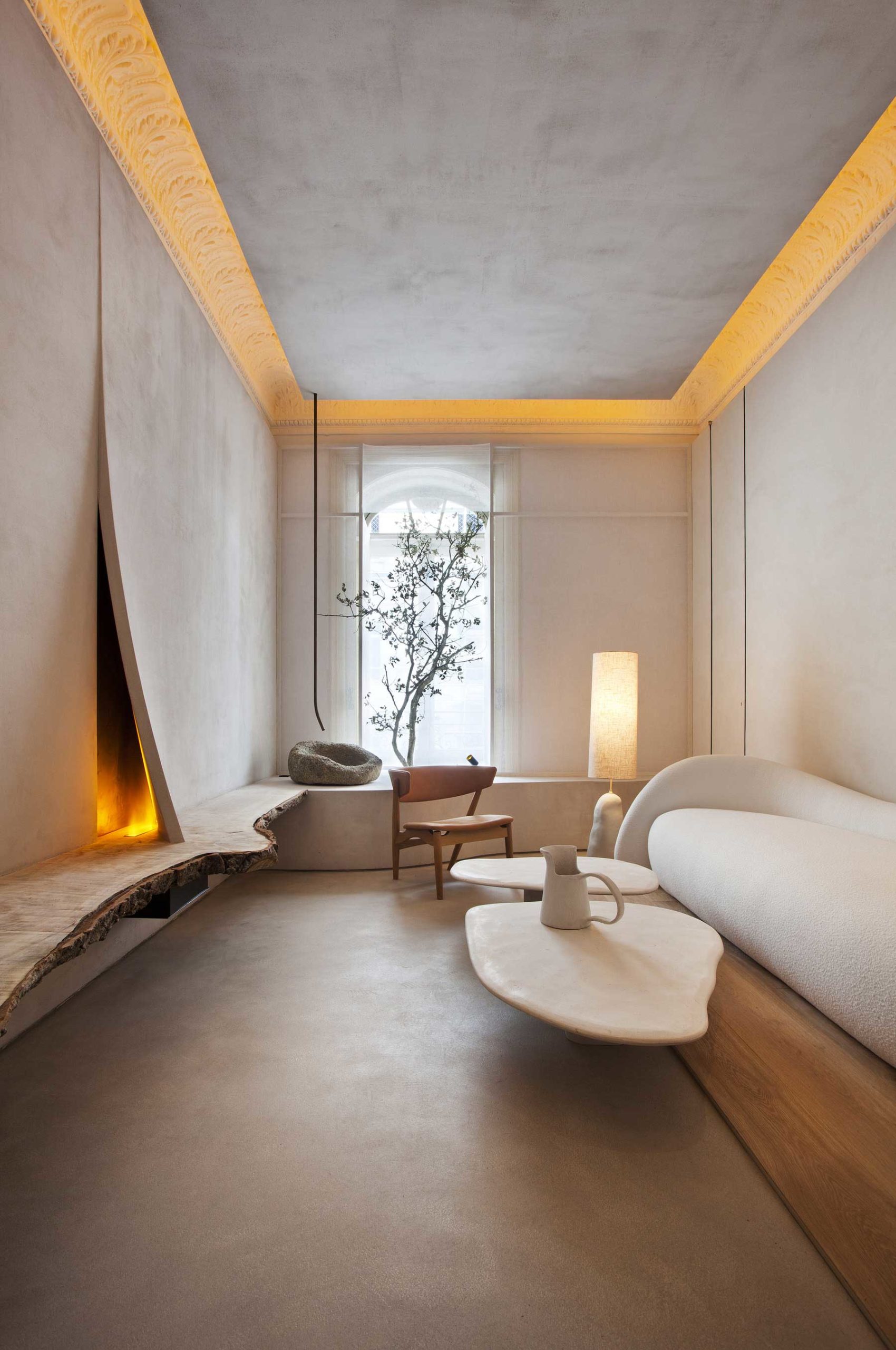
Origin
The term “wabi-sabi” originated from two separate Japanese words: “wabi”, which means simplicity and austerity, and “sabi”, which refers to an appreciation for the beauty of old age, change and imperfection. This philosophy began as part of the tea culture during the 15th century, and is now a very popular interior design trend.
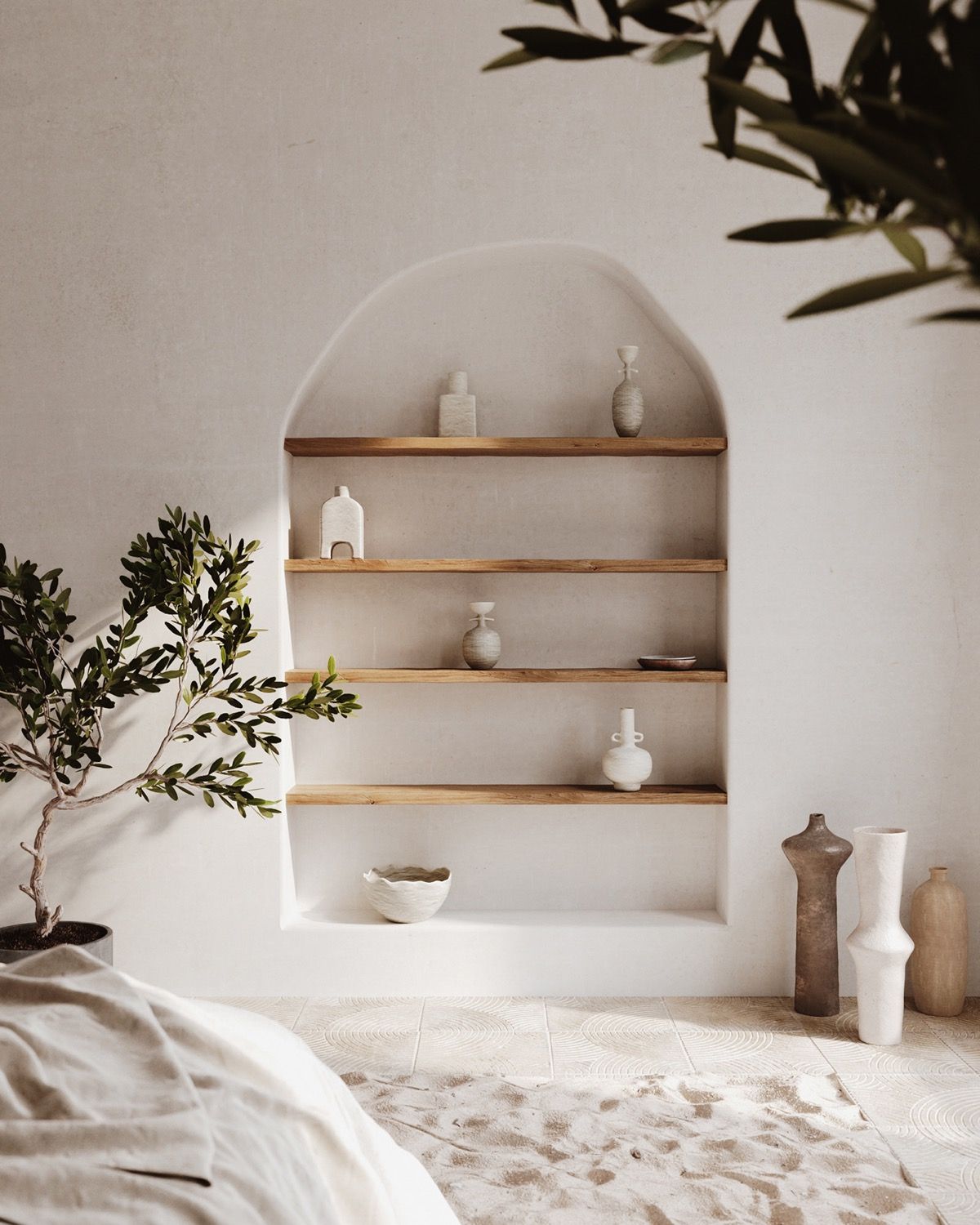
The main principles
The main principles of wabi-sabi design are based on the idea that beauty isn’t perfect, and that even imperfections can be seen as attractive. This means that there isn’t a focus on symmetry or perfect harmony – rather, it is all about the subtle differences that are present in nature. An important element of this style is the emphasis on authenticity and handmade objects, which gives the home a more natural, homely feel.
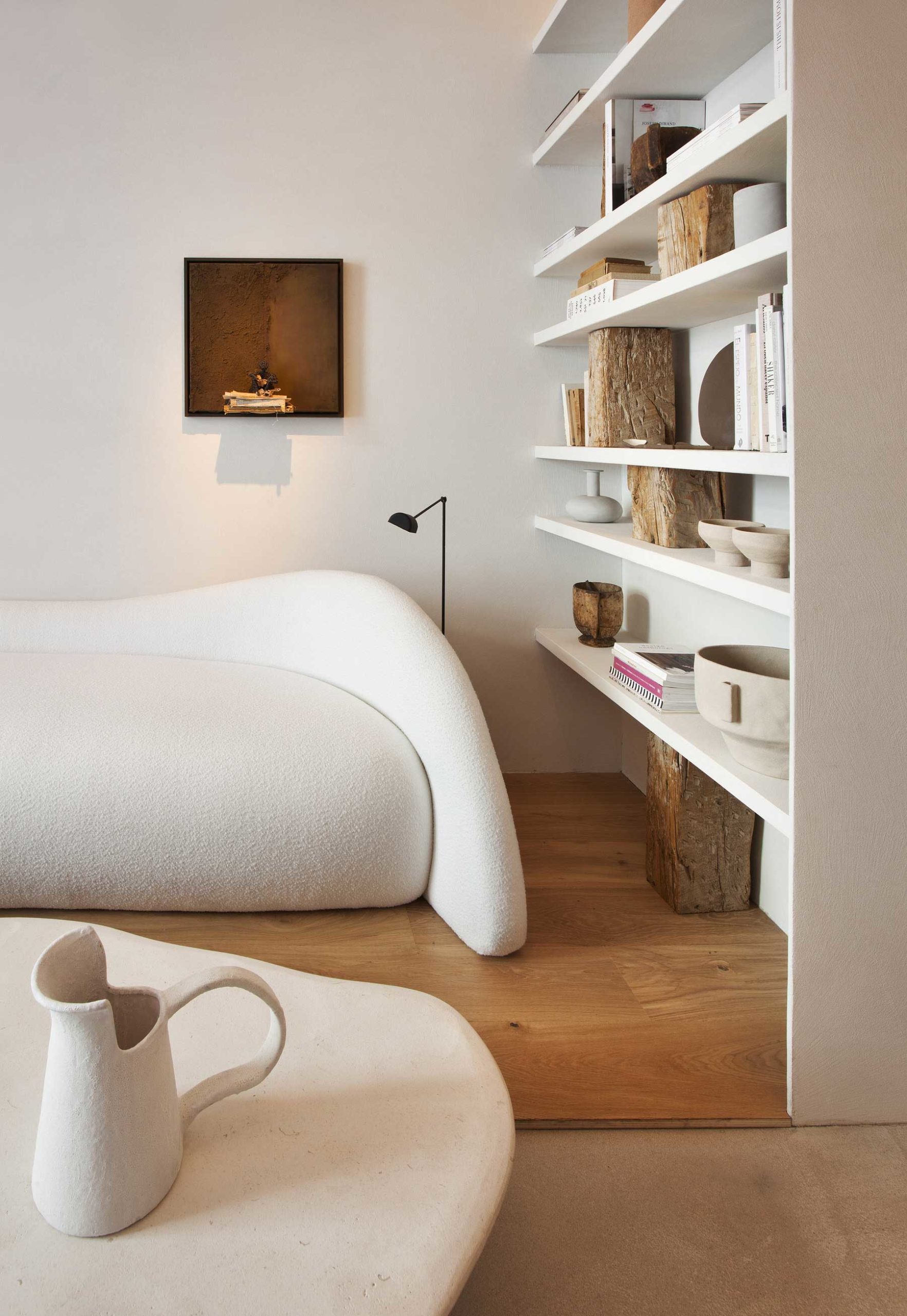
Aesthetics
When it comes to the aesthetics of wabi-sabi design, the main emphasis is on natural materials and muted colors. Natural materials such as wood, linen and ceramics are often used, and these are combined with neutral tones and shades of grey, beige and brown. Texture is also very important, and can be created through furniture, textiles and natural elements such as plants and stones. The aim is to create a calming atmosphere that is both organic and peaceful.

Wabi-sabi is a style that comes from Japanese culture and is all about celebrating the beauty in imperfect things. It usually uses natural materials like wood and plants, as well as muted colors like grey and beige. It’s also important to make sure things are not too perfect, since wabi-sabi is all about being comfortable with imperfection. In this way, a home feels cozy and natural.
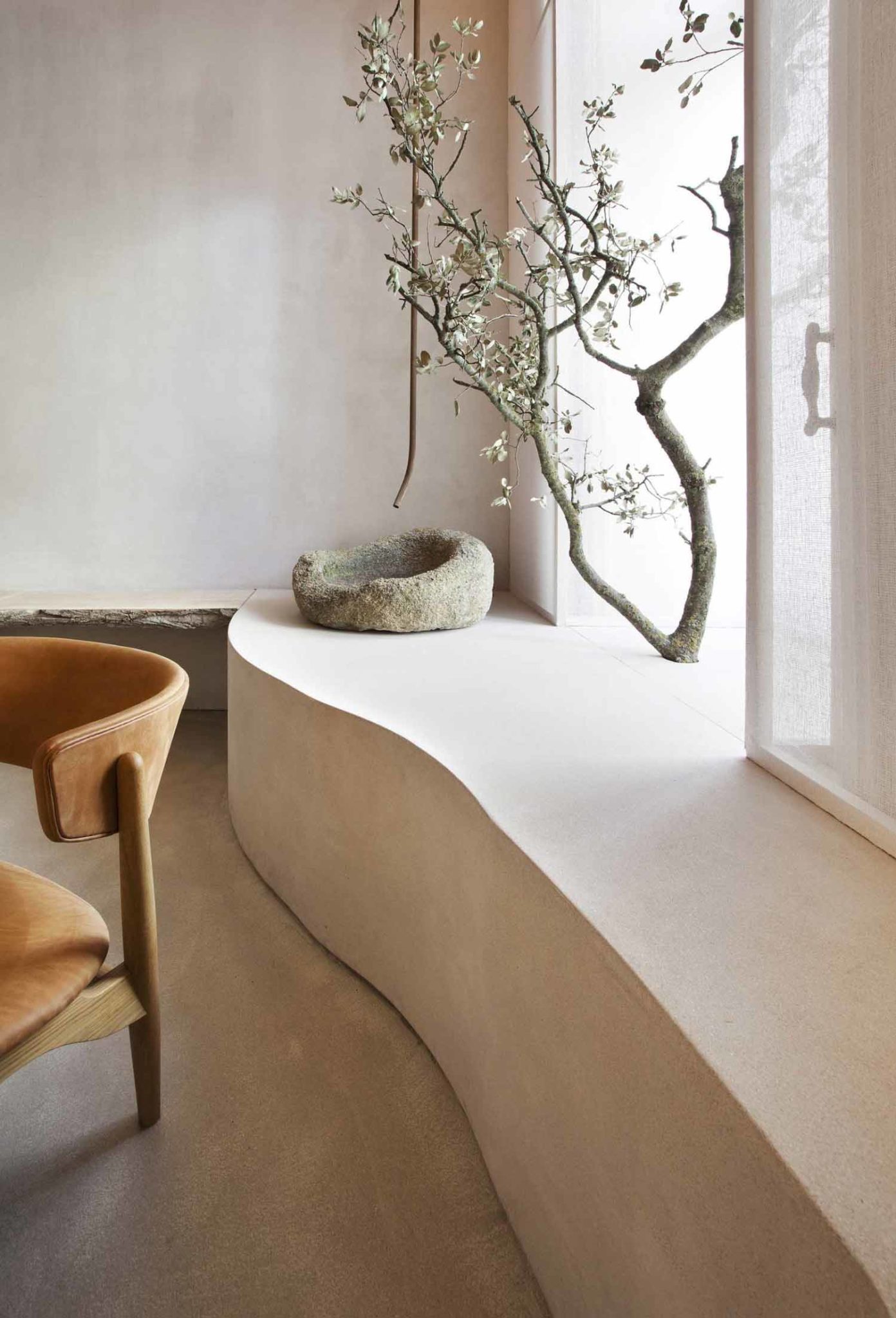
Finally, the main focus of wabi-sabi style is on creating a home that is comfortable and inviting. This means that furniture should be chosen for comfort, with soft textures and natural materials. The accessories should also be kept to a minimum, with only a few carefully chosen pieces that can add to the atmosphere.
Overall, wabi-sabi style is a unique way of interior design that is based on the appreciation of imperfection and minimalism. It relies on natural elements and muted colors to create a calming atmosphere, and emphasizes comfort and authenticity. If you’re looking to create a cozy, natural ambiance in your home, then wabi-sabi style is definitely worth considering.
Want to learn more about various interior styles? Check out my “History of styles” e-book:

